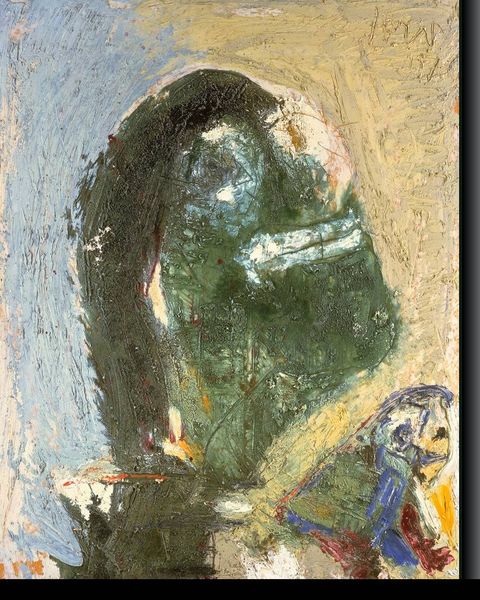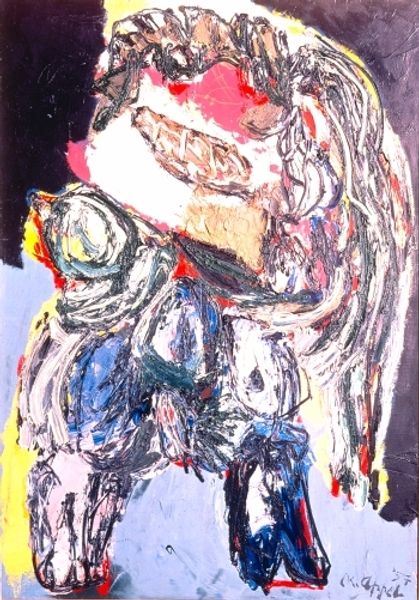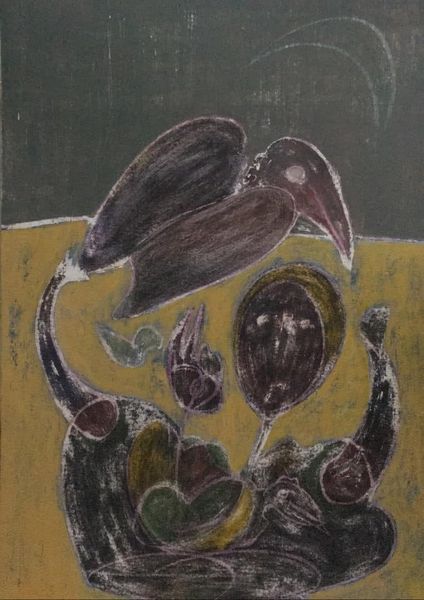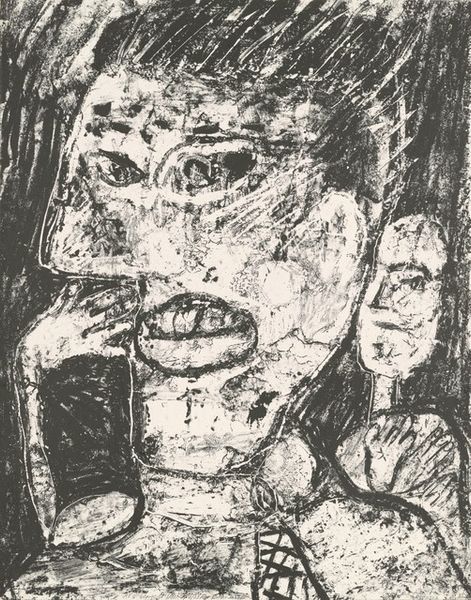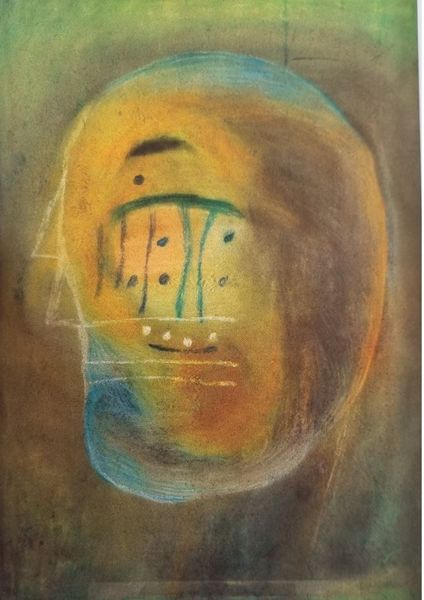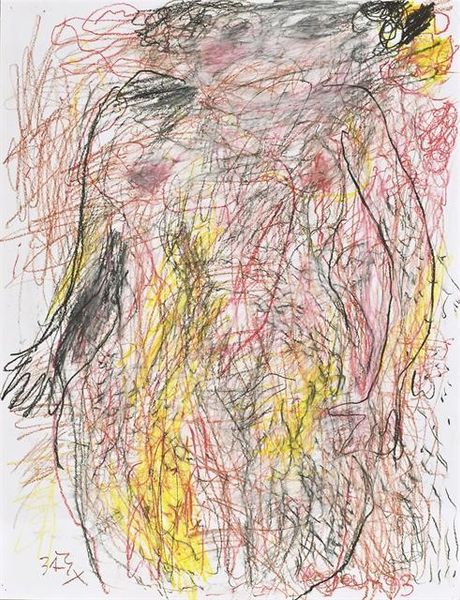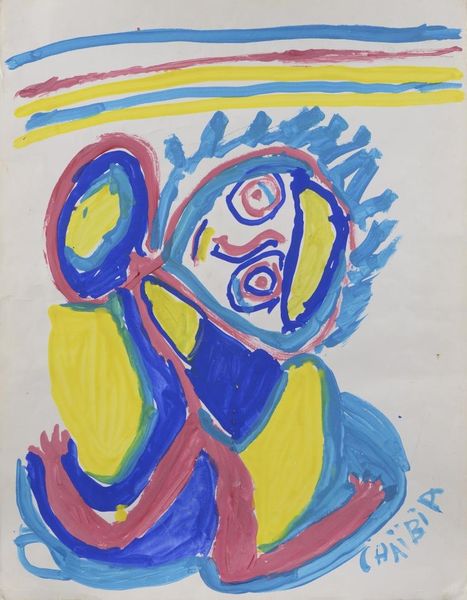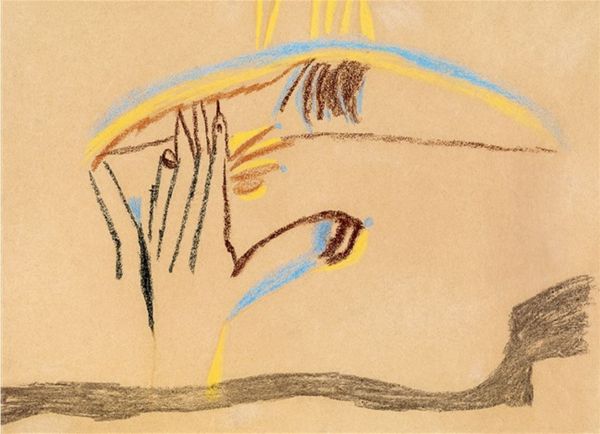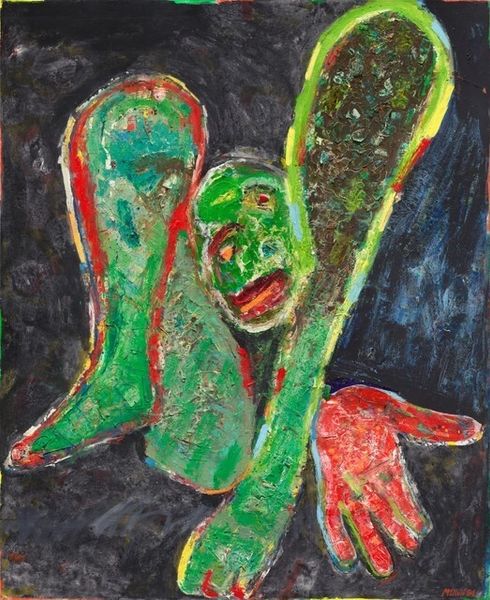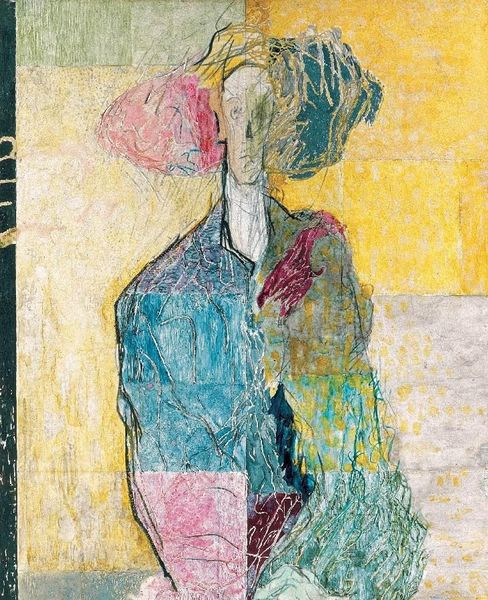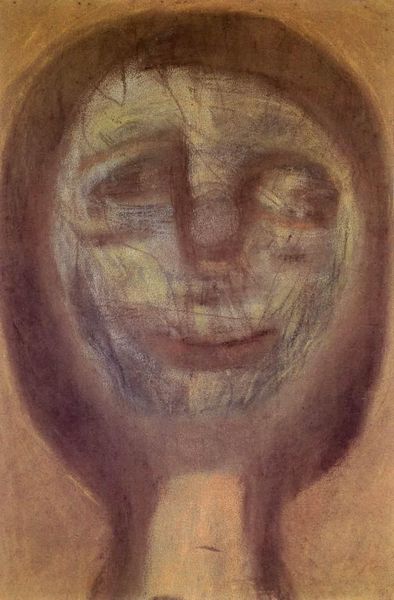
Copyright: Public domain
Vajda Lajos created this masked profile in 1940 using pastel. It suggests the artist's interest in the psychological dimension of human perception. The work was made in Hungary, just as the country was entering the Second World War. The visual tension between the 'mask' and the 'eyes' may allude to social division and the concealment of identity under conditions of war. As Hungary became increasingly aligned with Nazi Germany, Hungarian artists faced growing pressure to conform to nationalist ideals. It is worth asking whether Lajos’s unsettling use of the masked form is a critique of these new norms. For art historians, the study of political ephemera and archival documents can shed light on the ways in which artworks responded to specific social and political pressures. Art doesn't exist in a vacuum. Its creation and interpretation are contingent on the historical context in which it was made.
Comments
No comments
Be the first to comment and join the conversation on the ultimate creative platform.
